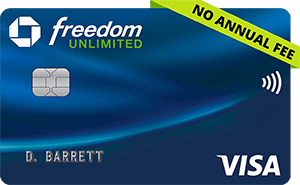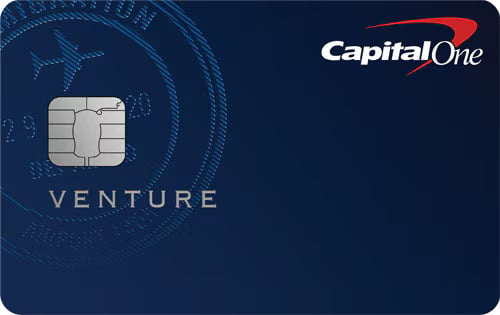Hawaii Drops Testing and Vaccine Requirements for Domestic Travelers
Nonessential travel to Hawaii is officially allowed again, with some COVID-related restrictions and requirements.

Many or all of the products on this page are from partners who compensate us when you click to or take an action on their website, but this does not influence our evaluations or ratings. Our opinions are our own.
Tourists can finally say “aloha” to Hawaii, without the paperwork.
As of March 26, 2022, travelers flying domestic routes to Hawaii are no longer required to show proof of vaccination or a negative COVID test result at arrival. The quarantine requirement has also been lifted and the Safe Travels program has ceased operations.
“We started the Safe Travels program to protect the health, lives and livelihoods of the people of Hawaii. The program put in place safety protocols that included a multi-layered screening and testing approach that kept our communities safe during the COVID-19 surges that endangered the most vulnerable of our citizens,” Ige said in a statement. “Right now, we are seeing lower case counts, and hospitalizations are coming down.”
What you need to travel to Hawaii
For domestic travelers
You no longer need to show proof of vaccination or a negative COVID-19 test to enter Hawaii if you're flying from the mainland U.S.
For international travelers
The federal government still mandates a COVID-19 test to enter the U.S. from abroad via airplane.
For vaccinated and unvaccinated travelers, you need to show proof of a negative COVID-19 test completed no more than one day prior to your air travel back to the U.S. if you're vaccinated. If you’ve recently been infected with COVID-19, you can also opt to show proof of recovery. This requirement is for all air passengers at least 2 years of age.
Easy ways to save money on travel to Hawaii
There are five especially good airline sweet spots for booking on points and miles for flights to Hawaii. If you don’t have points, cash fares on Southwest flights to Hawaii can also be reasonable. Plus, Southwest has one of the best change policies out there.
Once you’re there, you might as well island hop if you want to cover as much ground as possible. Flights between islands are generally less than an hour and can be affordable.
Don’t overlook vacation rentals. Not only are they more likely to be cheaper than hotels, but they also often have kitchens so you can avoid having to dine out, and typically you won’t pay resort fees.
Speaking of saving money on food, dining out can certainly be part of the Hawaiian experience, but beware of overpriced oceanfront restaurants. Many convenience stores sell freshly made poke, Spam musubi and other snacks you can take to a beachfront picnic for free views and cheaper eats than had you dined at a restaurant.
The bottom line
The COVID-19 requirements to enter Hawaii are gone, making it much easier and less stressful to travel to the islands.
Article sources
NerdWallet writers are subject matter authorities who use primary,
trustworthy sources to inform their work, including peer-reviewed
studies, government websites, academic research and interviews with
industry experts. All content is fact-checked for accuracy, timeliness
and relevance. You can learn more about NerdWallet's high
standards for journalism by reading our
editorial guidelines.
Travel Cards from Our Partners
Chase Sapphire Preferred® Card
Rewards rate 1x-5x Points
Intro offer 75,000 Points
Chase Freedom Unlimited®
Rewards rate 1.5%-5% Cashback
Intro offer $300
Capital One Venture Rewards Credit Card
Rewards rate 2x-5x Miles
Intro offer 75,000 Miles
More like this
Related articles










